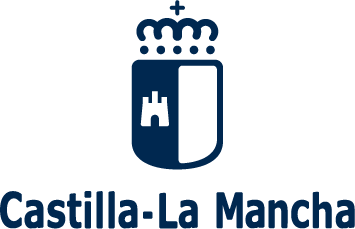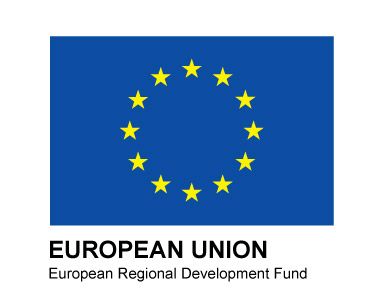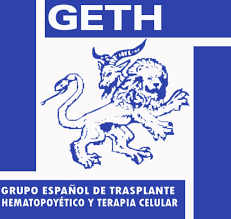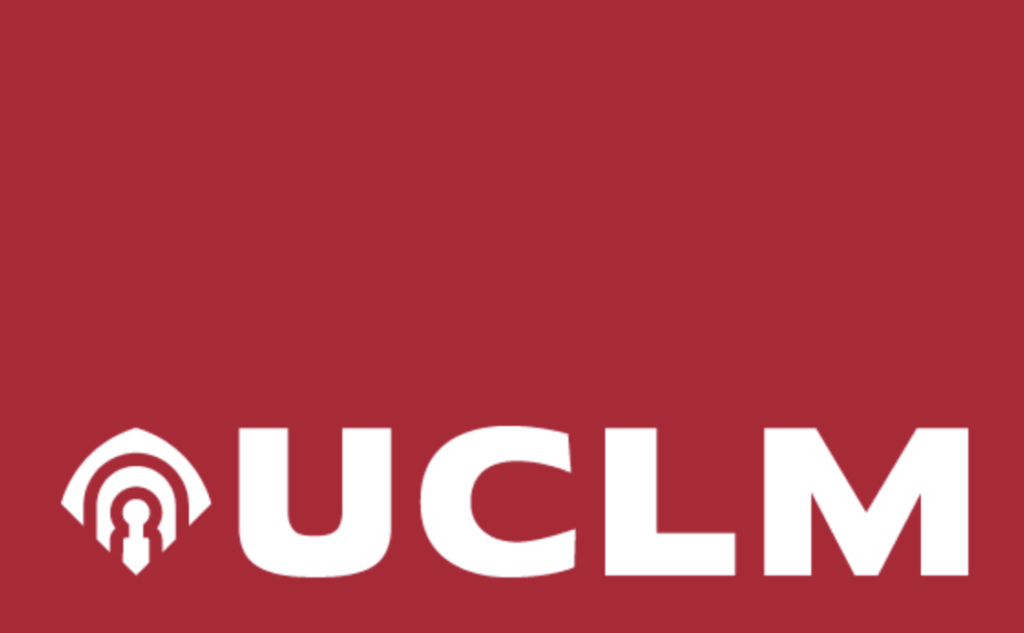Publication
Geometric immunosuppression in CAR T-cell treatment: Insights from mathematical modeling
S. Bordel-Vozmediano, S. Sabir, L. Benito-Barca, B. Weigelin, V. M. Pérez-García
Computers in Biology and Medicina 194, 110427 (2025)
MOLAB authors
Abstract
Chimeric antigen receptor T (CAR T) cell therapy has emerged as a promising treatment for hematological malignancies, offering a targeted approach to cancer treatment. Understanding the complexities of CAR T-cell therapy within solid tumors poses challenges due to the intricate interactions within the tumor microenvironment. Mathematical modeling may serve as a valuable tool to unravel the dynamics of CAR T-cell therapy and improve its effectiveness in solid tumors. This study aimed to investigate the impact of spatial aspects in CAR T therapy of solid tumors, utilizing cellular automata for modeling purposes. Our main objective was to deepen our understanding of treatment effects by analyzing scenarios with different spatial distributions and varying the initial quantities of tumor and CAR T-cells. Tumor geometry significantly influenced treatment efficacy in-silico, with notable differences observed between tumors with block-like arrangements and those with sparse cell distributions, leading to the concept of immune suppression due to geometrical effects. This research delves into the intricate relationship between spatial dynamics and the effectiveness of CAR T therapy in solid tumors, highlighting the relevance of tumor geometry in the outcome of cellular immunotherapy treatments. Our results provide a basis for improving the efficacy of CAR T-cell treatments by combining them with other ones reducing the density of compact tumor areas and thus opening access ways for tumor killing T-cells.















